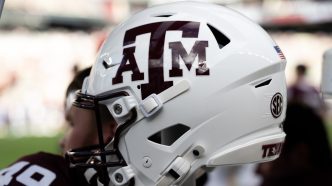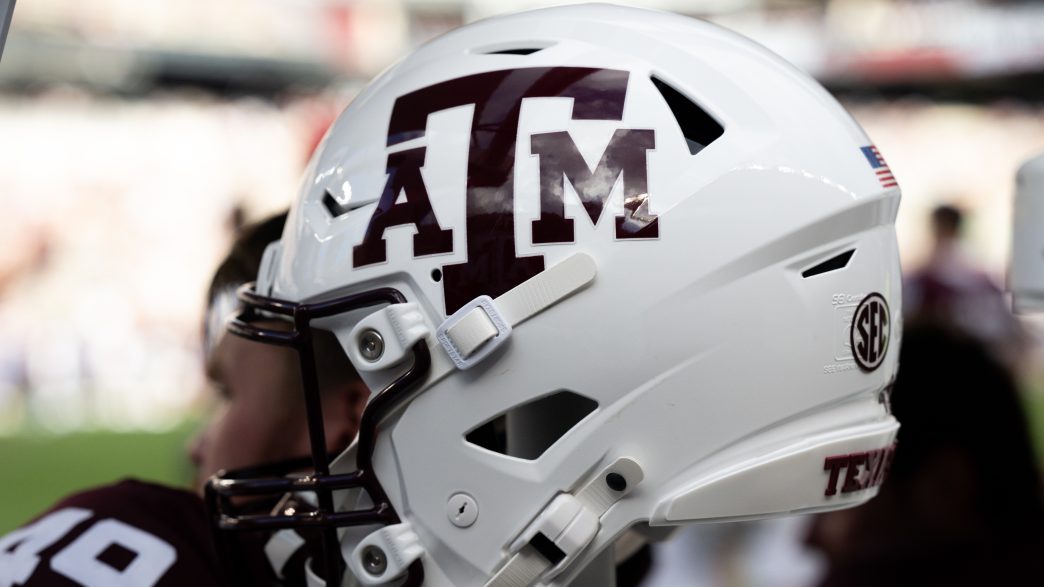In the ever-evolving realm of college athletics, the landscape is distinctly shaped by the power and influence of financial backing, and it’s particularly evident in Texas. With the rise of name, image, and likeness (NIL) deals, some universities are pulling out all the stops to position themselves as heavyweights on the national stage, and the Texas A&M Aggies are leading the charge.
A recent report by journalist Alex Miller highlighted just how jaw-dropping the Aggies’ NIL expenditures were over the past year—an eye-popping $51.4 million. That figure represents a significant leap from the previous year, showcasing an increase of approximately $19 million and cementing Texas A&M’s commitment to investing heavily in both its men’s and women’s athletics programs.
Breaking it down, the vast majority of that dollar amount—$49.2 million—was allocated to the men’s sports teams, while the women’s programs received $2.2 million. Although it’s commendable that money is being funneled into women’s sports, the disparity is stark and reflects ongoing challenges in achieving true equity within college athletics.
With the recent changes brought about by the landmark House settlement, schools across the nation are now facing caps on the direct payments they can provide to their athletes, set at $20.5 million this year, with projections suggesting that could reach around $32 million over the next decade. However, one aspect to keep an eye on is how these new revenue-sharing models might leave loopholes for programs to continue substantial NIL investments. The expectation is that schools might turn to their donors and local businesses to supplement those payments, allowing the competitive arms race to persist without skipping a beat.
The sheer volume of money being funneled into NIL payments in college sports is staggering, especially when you consider how recently we were discussing amateur athletes and their inability to profit off their own names and likenesses. It’s a world that seems unrecognizable compared to just a decade ago, and if the trend continues, we may see even more colossal shifts in how college athletics operate as programs strive to attract and retain top talent in an increasingly competitive environment. The Aggies’ aggressive approach is a notable case study in this unfolding narrative, and it’s a reminder of how crucial financial resources have become in the quest for athletic supremacy.







